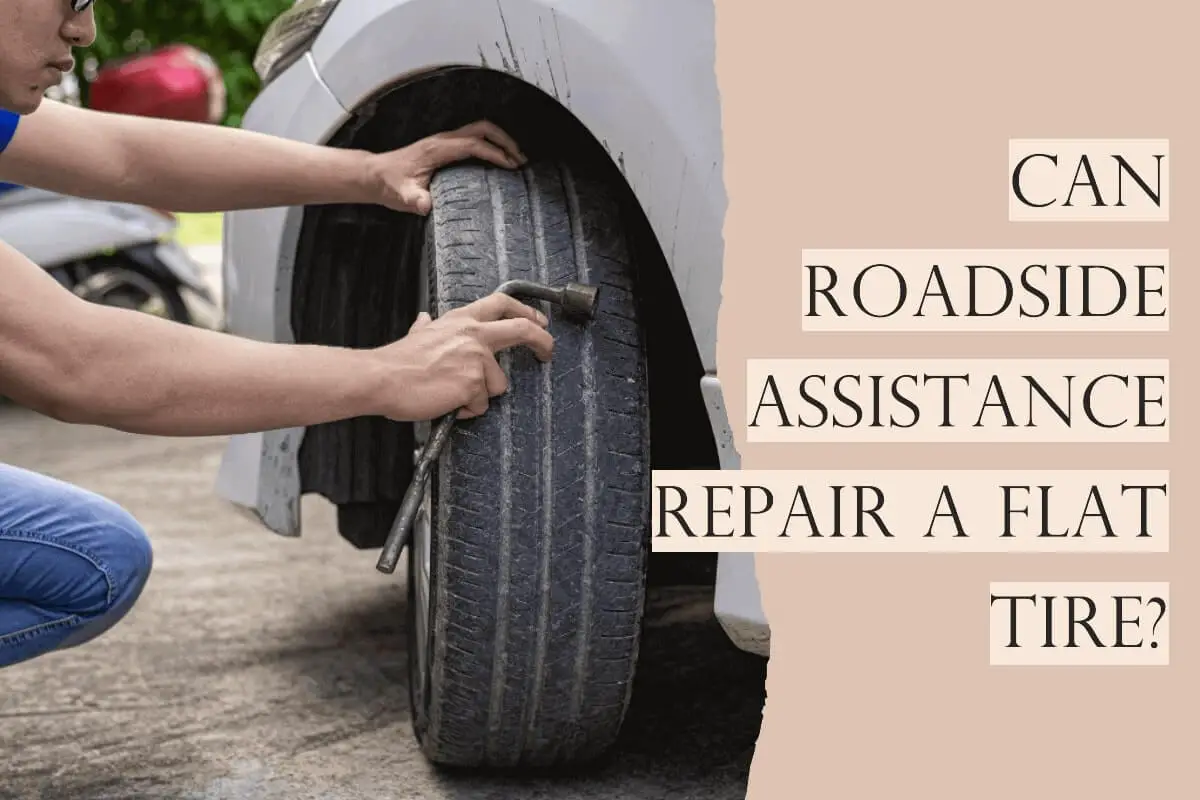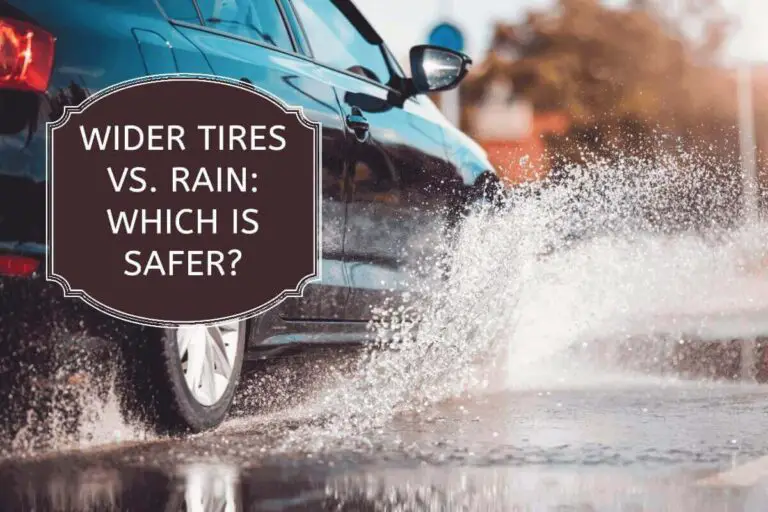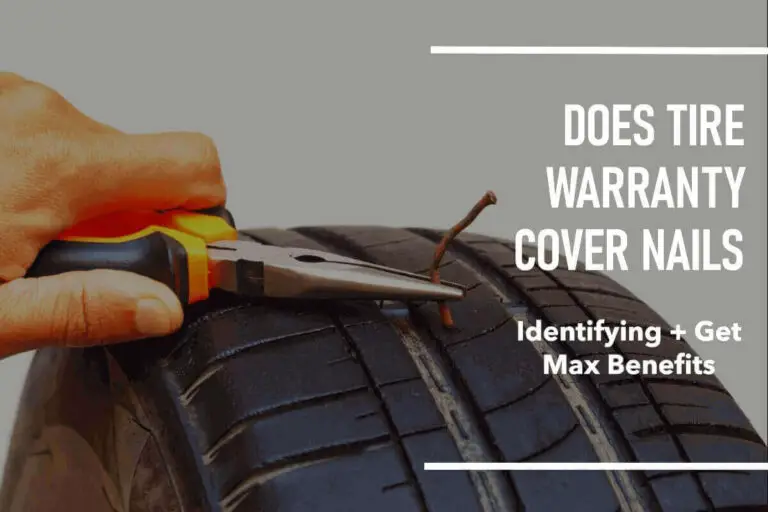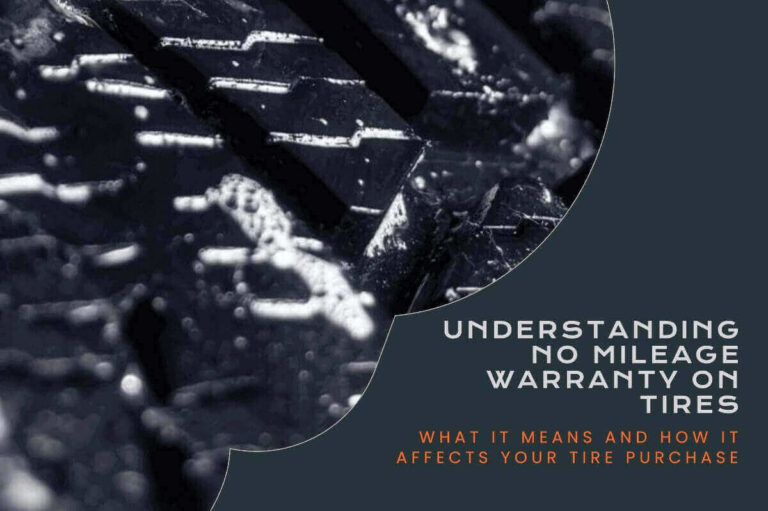Imagine you’re cruising down the road, enjoying a peaceful drive, when suddenly you feel a jolt and realize your tire has gone flat. A flat tire can be unexpected and frustrating, especially if you’re unprepared. But fear not! Roadside assistance is here to save the day.
This beginner’s guide will explore the question: Can roadside assistance patch a tire? We’ll provide a step-by-step breakdown of the process, highlighting its benefits and helping you understand when and how roadside assistance can be your tire’s best friend.
When Can Roadside Assistance Patch a Tire?
When you find yourself stuck on the side of the road with a deflated tire, the prospect of returning to the road might seem daunting. However, if the puncture is minor and situated within the tire’s tread area, roadside assistance can rescue them with their tire patching expertise.
Understanding Patchable Damage:
Roadside assistance can effectively patch a tire when the damage is relatively small and confined to the central tread region. This type of damage is often caused by common road debris such as nails, screws, or small pieces of metal. These punctures tend to be less severe and are manageable through patching.
Patching Criteria:
To determine whether a tire is patchable, the technician will assess several factors:
1. Puncture Size
Punctures up to ¼ inch in diameter are generally considered patchable. If the hole is more significant than this, a patch might not be sufficient to maintain tire integrity.
2. Puncture Location
The location of the puncture matters. Punctures in the tread area are more likely to be repaired successfully. However, if the hole is on the sidewall or near the shoulder, patching might not be viable due to safety concerns.
3. Tire Condition
The overall condition of the tire plays a role. If the tire is severely worn or damaged or has a history of previous punctures and repairs, patching might not be recommended.
According to these above points, it is essential to consider the size of the hole, the location of the puncture, and the overall condition of the tire before deciding Can roadside assistance patches a tire or not and whether or not a patch is a suitable solution for repairing a punctured tire.
Importance of Professional Assessment:
It’s crucial to note that only a trained technician can accurately determine whether a tire is suitable for patching. They possess the expertise to evaluate the extent of the damage and make an informed decision based on safety standards. Attempting to patch a tire without proper knowledge could lead to complications.
Opting for Safety and Expertise:
When faced with a punctured tire, exploring DIY solutions is tempting, but safety should always be a top priority. Roadside assistance provides the convenience of patching your tire at the location of your breakdown and ensures that the repair is conducted professionally. Their technicians are equipped with the necessary tools and knowledge to assess, patch, and advise on the best course of action for your specific situation.
Step-by-Step Guide to Patching a Tire Using Roadside Assistance:
Step 1: Initiate the Call
Once you have a flat tire, pull over to a safe location. Contact your roadside assistance provider through their dedicated hotline or app. Please provide them with your location, vehicle information, and the issue you’re facing.
Step 2: Evaluation
When the roadside assistance team arrives, they will evaluate the tire to determine if it can be patched. If the damage is beyond repair or the tire is not safe to patch, they might suggest other solutions, like replacing the tire.
Step 3: Preparation
If patching is feasible, the technician will prepare the tire by removing it from the wheel assembly. They will inspect the puncture to ensure it’s suitable for patching.
Step 4: Patch Application
Using specialized tools, the technician will clean the puncture area and apply a patch inside the tire. This patch effectively seals the puncture, preventing air from escaping.
Step 5: Reinstallation
After patching, the tire will be reinstalled onto the wheel assembly. The technician will also balance the tire to ensure a smooth ride.
Step 6: Final Checks
Before departing, the technician will conduct final checks to ensure the tire is inflated correctly and securely. They also recommend driving with a patched tire and advise you to visit a tire professional for a permanent fix.
Benefits of Using Roadside Assistance for Tire Patching:
1. Convenience
Roadside assistance brings the solution to you, saving you the hassle of changing the tire yourself or towing your vehicle to a repair shop.
2. Safety
Punctured tires can be dangerous, especially if you need to be more experienced in changing them. Roadside assistance ensures the tire is patched correctly and safe for driving.
3. Expertise
The technicians dispatched by roadside assistance providers are trained to handle various car issues, including tire patching. Their expertise ensures the job is done correctly.
4. Time and Effort Savings
Patching a tire can be time-consuming, especially if you need to familiarise yourself with the process. Roadside assistance saves you time and effort by quickly addressing the problem.
5. Temporary Solution
While a patched tire is a quick fix, it can buy you enough time to reach a tire professional who can provide a more permanent solution.
These benefits make roadside assistance a reliable option for dealing with a patched tire.
Limitations and Considerations
While roadside assistance is an excellent option for tire patching, it’s essential to be aware of its limitations:
1. Tire Condition
Not all tire damages can be patched. Severe punctures, sidewall damage, or tread wear might require tire replacement.
2. Temporary Fix
Patching is a quick solution. Visiting a tire shop for a permanent fix is advisable as soon as possible.
3. Driving Restrictions
Some patched tires might have restrictions on speed and distance. The technician will likely advise you to drive cautiously until the tire is professionally repaired.
Conclusion
In the modern age of convenience, roadside assistance is a valuable resource for drivers facing unexpected car troubles, including flat tires. It’s clear that when the question arises, “Can roadside assistance patch a tire?” the answer is a resounding yes, provided the damage is within the patchable range. This beginner’s guide has shed light on the process, benefits, and considerations of using roadside assistance for tire patching.
Remember, while a patched tire can get you back on the road, it’s always wise to seek a permanent solution from a tire professional at your earliest convenience. With roadside assistance by your side, a flat tire no longer has to ruin your day!
Frequently Asked Questions (FAQs)
Can AAA repair a flat tire?
Yes, AAA (American Automobile Association) typically offers roadside assistance services, including repairing a flat tire. AAA technicians can patch the tire if the puncture meets specific criteria, such as being within the patchable area of the tire’s tread and not in the sidewall.
When can a tire not be patched?
A tire cannot be patched if the puncture is in the sidewall, near the shoulder of the tire, or if the damage is too extensive. Additionally, if the hole is larger than a specific size (usually around ¼ inch in diameter), it might not be suitable for patching.
Can run flat tires be patched?
In most cases, run-flat tires are not recommended for patching. Run-flat tires have reinforced sidewalls designed to allow limited driving even after losing air pressure. Attempting to patch a run-flat tire could compromise its structural integrity and safety features.
What part of the tire can be patched?
The patchable area of a tire is generally limited to the central tread region. Punctures within this area can be successfully patched, provided they meet the size and location criteria. Punctures in the sidewall or shoulder are usually not patchable due to safety concerns.
Is it better to patch a tire or use Fix-a-Flat?
It’s generally better to have a tire professionally patched than to rely on products like Fix-a-Flat. While Fix-a-Flat can temporarily seal a puncture, it might not provide a lasting solution and could damage the tire’s internal components. A proper patch performed by a technician is a more reliable and safe option.








